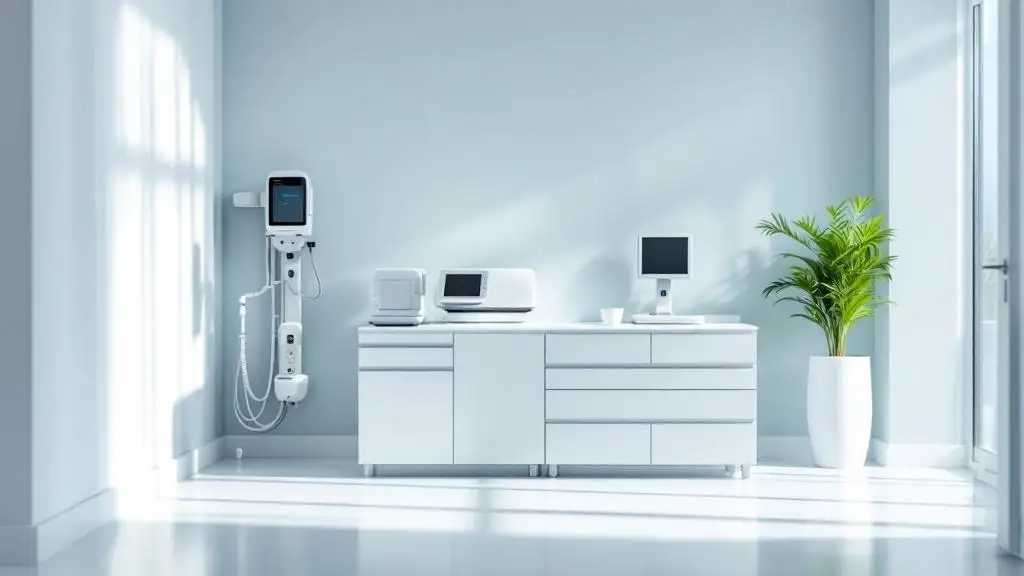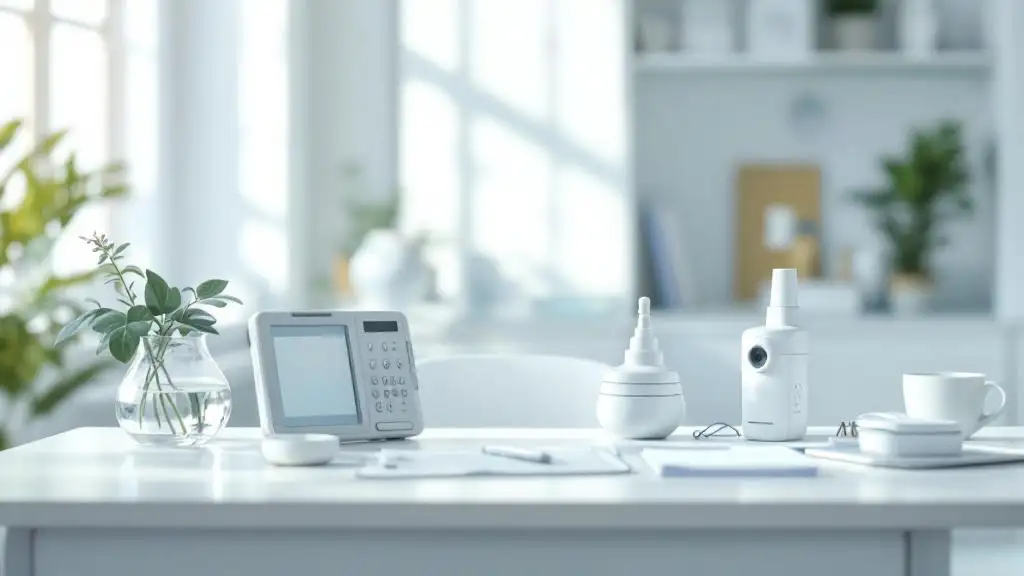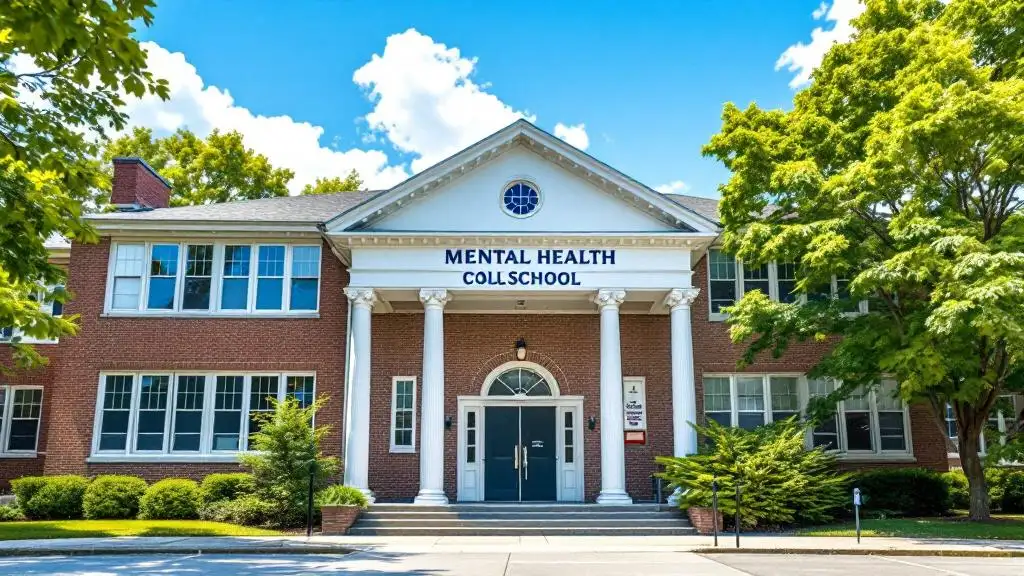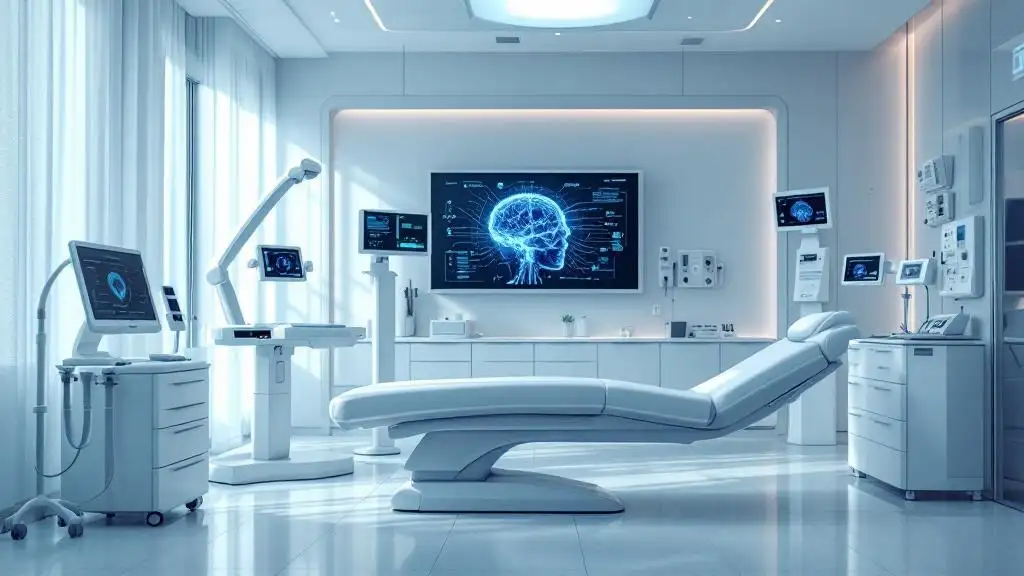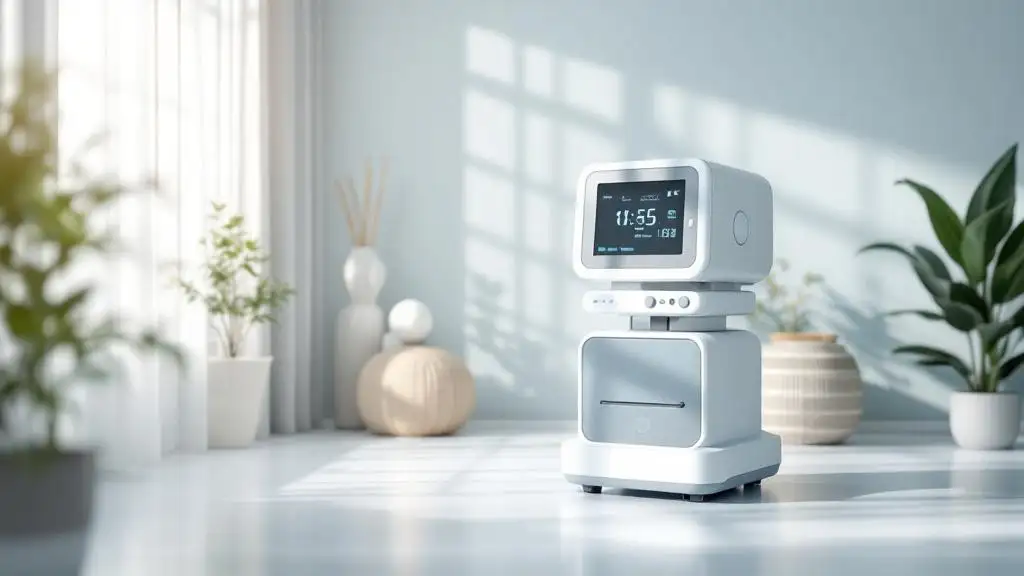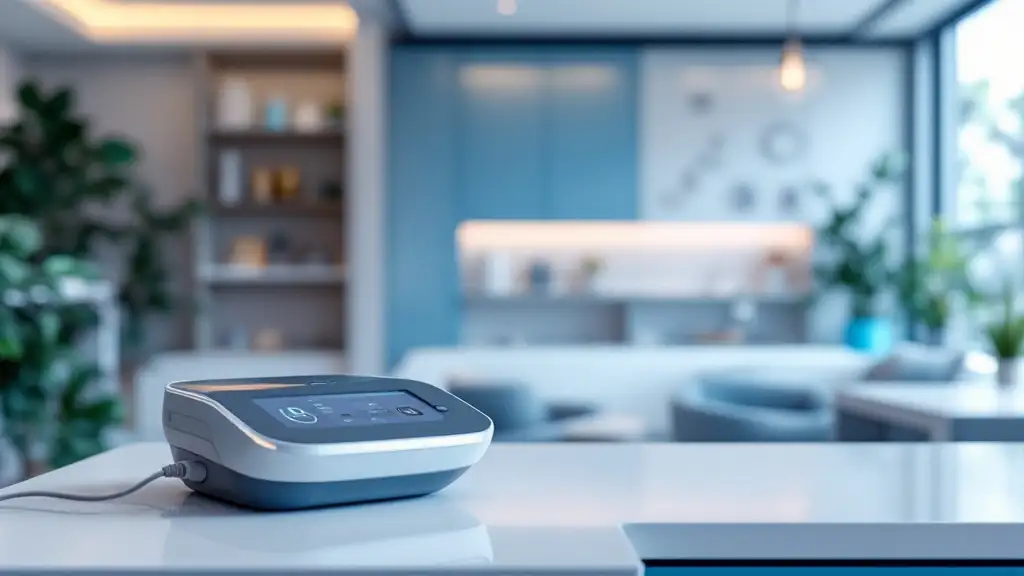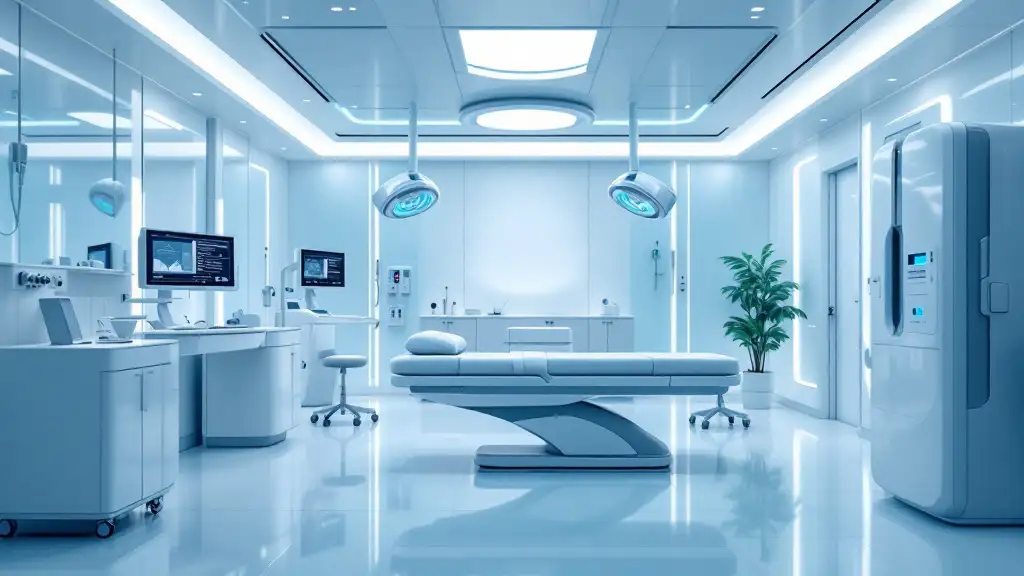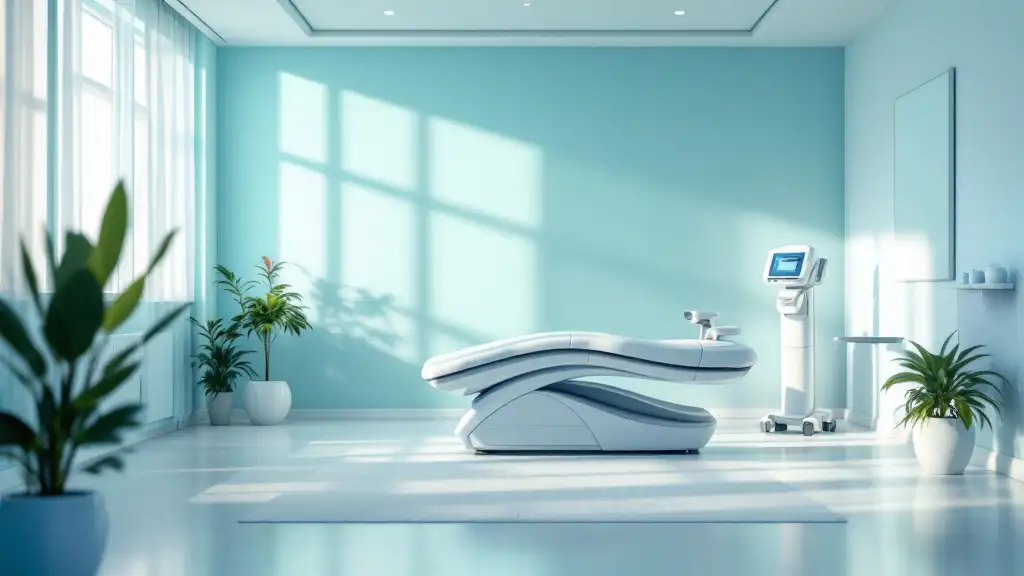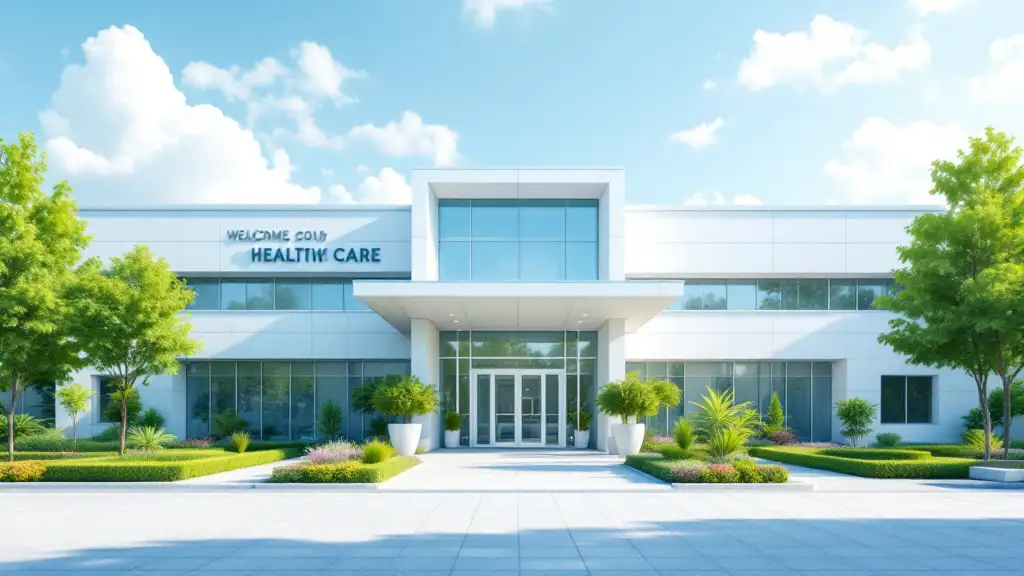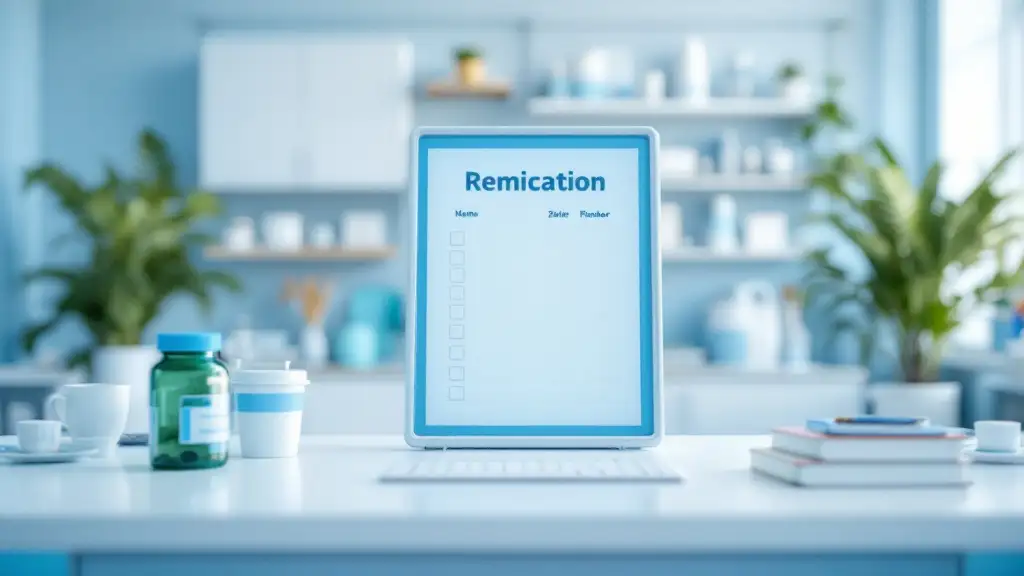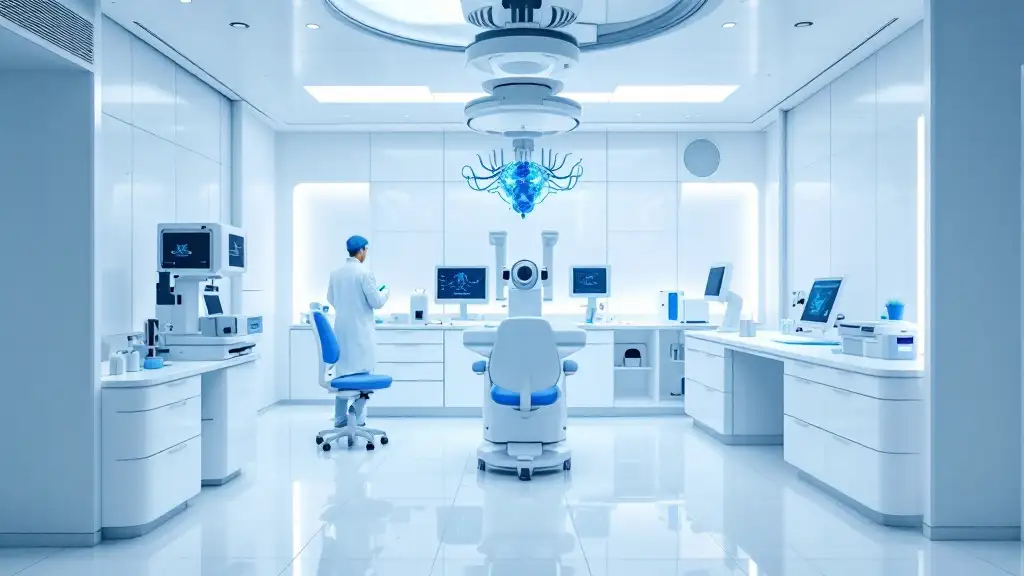A Comparative Overview of Two Landmark Brain Stimulation Therapies
When it comes to treating severe mental health conditions like depression, two prominent options—Transcranial Magnetic Stimulation (TMS) and Electroconvulsive Therapy (ECT)—stand out. Both target brain activity to alleviate symptoms, but they differ significantly in their mechanisms, safety, and suitability. This article explores these critical differences, examines safety concerns, and helps readers understand which treatment might be appropriate for their unique needs.
Mechanisms of Action: How TMS and ECT Influence Brain Function
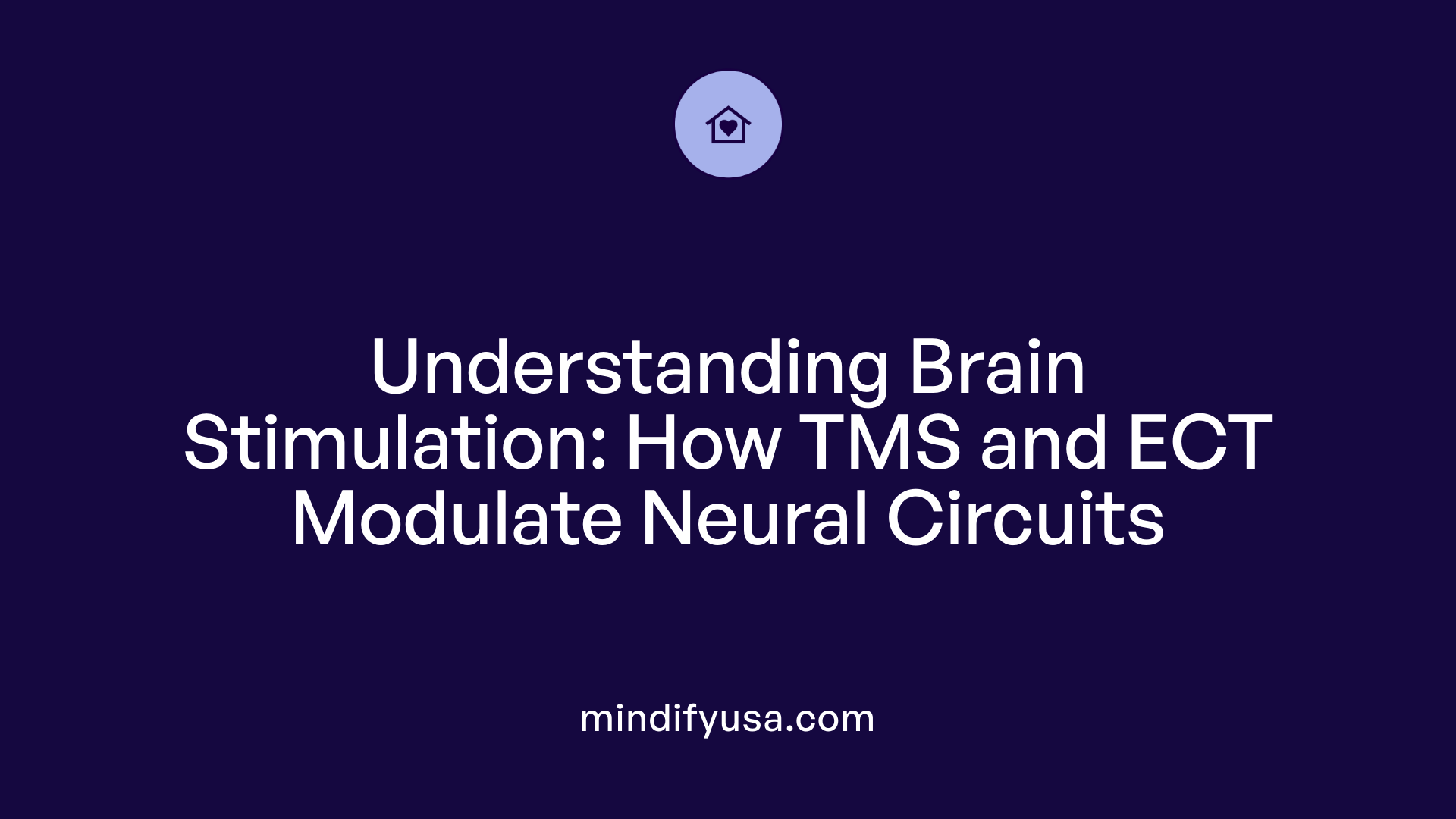
How do TMS and ECT work and what are their mechanisms?
Transcranial Magnetic Stimulation (TMS) and Electroconvulsive Therapy (ECT) are two distinct brain stimulation treatments used to alleviate depression. Understanding how each process impacts brain function helps clarify their roles in mental health care.
TMS works by delivering rapidly changing magnetic fields through a coil positioned on the scalp. These magnetic pulses penetrate the skull and induce electrical currents directly in specific brain regions, most notably the dorsolateral prefrontal cortex. This targeted stimulation modulates neuronal activity in circuits involved in mood regulation without generating seizures. The magnetic pulses influence local neural activity, potentially restoring normal functioning in areas where activity has become underactive in depression.
In contrast, ECT employs a different approach. It involves applying a controlled electrical current through electrodes placed on the scalp to induce a brief, therapeutic seizure under anesthesia. This widespread neural activation affects multiple brain circuits simultaneously, leading to complex neuroplastic changes. The seizure activity causes the release of neurotransmitters such as serotonin, norepinephrine, and dopamine, which are crucial in mood regulation.
Beyond immediate effects, ECT stimulates processes like neurogenesis (growth of new neurons), synaptogenesis (formation of new synapses), and volumetric changes in key brain regions like the hippocampus and anterior cingulate cortex. These structural modifications are believed to underpin the long-term mood improvements seen after ECT. The neuroplasticity promoted by ECT involves increased levels of neurotrophic factors like brain-derived neurotrophic factor (BDNF), which support neuronal growth and connectivity.
While TMS primarily influences dysfunctional neural circuits at the cellular, synaptic, or network level without causing large-scale physical brain changes, ECT induces broader structural neuroplasticity. Despite these mechanistic differences, both therapies aim to recalibrate neural circuits to alleviate depression.
| Parameter | TMS | ECT | Impact | Additional Notes |
|---|---|---|---|---|
| Mechanism | Magnetic pulses induce electrical currents in specific brain regions | Electrical current induces widespread synchronized seizure | Circuit modulation versus neurogenesis and neuroplasticity | TMS targets specific circuits; ECT affects widespread brain networks |
| Brain Changes | Modulates neuronal activity, influences dysfunctional circuits | Structural brain changes including neurogenesis, synaptogenesis | Cellular, synaptic, network reorganization | ECT leads to measurable volume changes in hippocampus and cortex |
| Neurotransmitters | Alters activity in neurotransmitter systems within targeted areas | Releases large quantities of serotonin, norepinephrine, dopamine | Neurochemical recalibration | Neurotransmitter changes are diffused during seizure activity |
Both TMS and ECT ultimately aim to restore healthy brain function, but they do so through different pathways. TMS modulates specific neural circuits involved in mood regulation, promoting functional improvements at the neuronal level. ECT, through inducing seizures, triggers broad neurochemical and structural changes that reset abnormal brain activity patterns often seen in severe depression. Their distinct yet overlapping mechanisms contribute to their effectiveness and side effect profiles, influencing treatment choices based on individual patient needs.
Safety and Side Effects: Assessing Risks for Patients
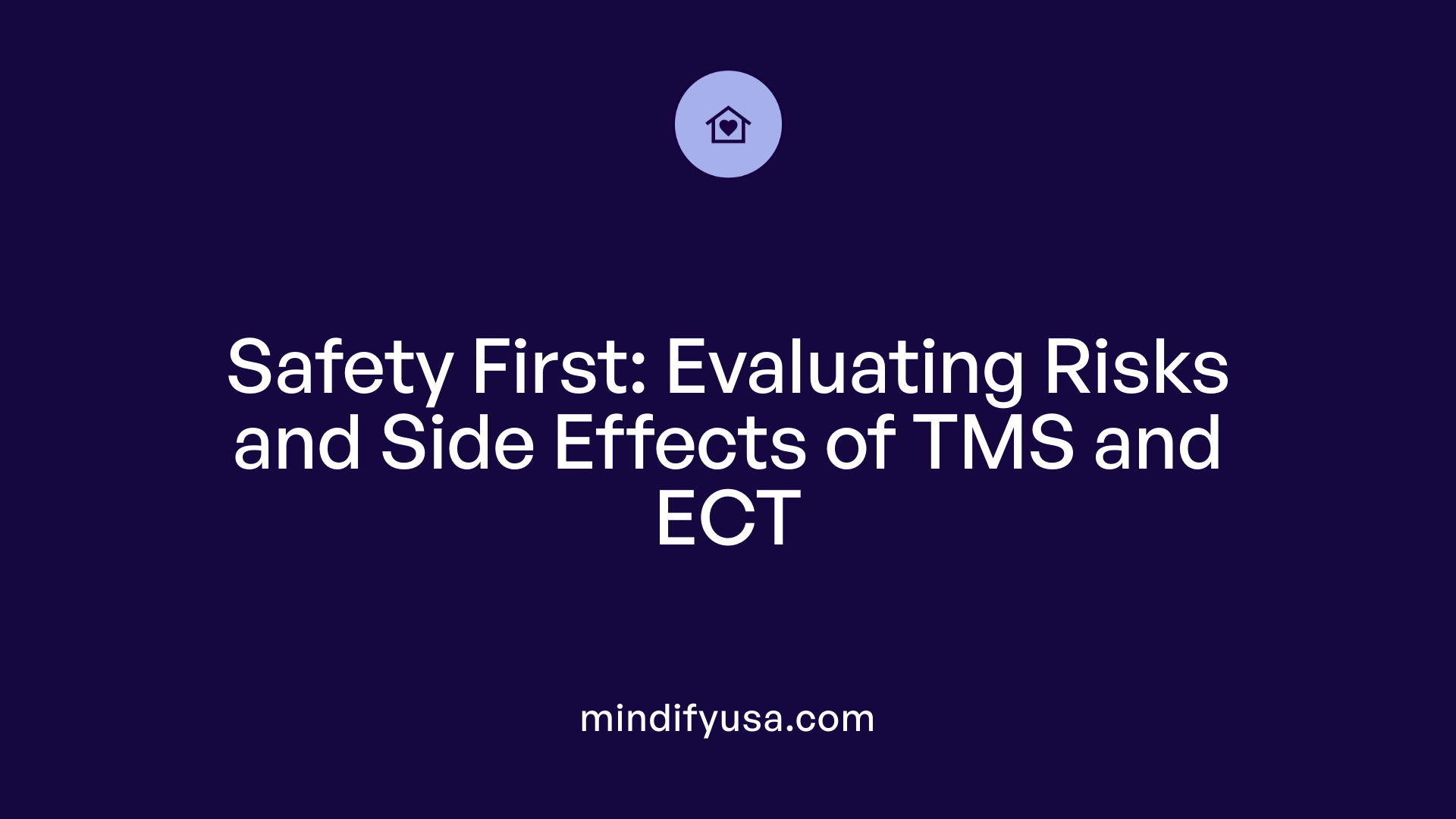
What are the safety concerns and side effects of TMS and ECT?
Transcranial magnetic stimulation (TMS) is widely regarded as a safe, non-invasive method for treating depression, especially when properly administered according to established safety protocols. The most common side effects include minor headaches, scalp discomfort, and in rare cases, dizziness or lightheadedness. Ear protection during sessions can prevent hearing issues. TMS’s most significant but infrequent risk is the potential for seizure, which is exceptionally rare—estimated at less than 0.2 per 1,000 sessions when safety guidelines are followed. Proper screening of patients, staff training, and adherence to preventative protocols are essential to mitigate this risk.
In comparison, electroconvulsive therapy (ECT) poses more substantial safety concerns. Because ECT involves inducing a controlled seizure through electrical currents, it requires the use of anesthesia and muscle relaxants, which introduce inherent risks like adverse reactions to anesthesia, blood pressure fluctuations, and cardiac issues. Common side effects include confusion, temporary memory loss, physical discomfort, muscle aches, nausea, and headache. Some patients experience cognitive side effects that can be persistent, especially regarding short-term memory. While ECT is highly effective for severe depression, the safety profile is less favorable due to these more serious and longer-lasting side effects.
Comparison of long-term cognitive effects
The long-term cognitive impact differs significantly between TMS and ECT. TMS primarily stimulates targeted regions of the brain without causing seizures or requiring anesthesia, so it generally does not impair memory or cognitive function. Patients often experience minimal to no cognitive side effects, which makes TMS suitable for individuals concerned about memory preservation.
Conversely, ECT has been associated with both short-term and sometimes longer-lasting memory issues. Patients may experience retrograde or anterograde amnesia, impacting their memory of recent events or past experiences. Although many memory problems resolve over time, some individuals report persistent gaps or cognitive difficulties, which can significantly affect quality of life. Therefore, the decision to use ECT involves weighing the potential for rapid symptom relief against the possibility of cognitive side effects.
Importance of proper screening and protocols
Ensuring patient safety requires rigorous screening to identify contraindications such as seizure disorder, metal implants near the head, or certain cardiovascular issues. Healthcare providers must follow strict protocols, including thorough assessment, staff training, and continuous monitoring. For TMS, this encompasses checking for history of seizures and ensuring proper placement of equipment. For ECT, careful anesthesia management and post-treatment observation are critical.
By emphasizing proper screening and adhering to established safety standards, clinicians can minimize risks associated with both therapies. This approach ensures that patients receive effective treatment while maintaining the highest safety standards.
| Feature | TMS | ECT | Details |
|---|---|---|---|
| Invasiveness | Non-invasive | Invasive | TMS uses magnetic pulses, ECT involves electrical stimulation and seizures |
| Anesthesia | No | Yes | TMS requires none, ECT needs general anesthesia |
| Typical side effects | Mild headaches, scalp discomfort, rare seizures | Memory loss, confusion, headache, muscle aches | ECT has more intense side effects |
| Cognitive impact | Minimal, no memory loss | Can cause short or long-term memory issues | ECT’s cognitive side effects are more significant |
| Safety management | Proper screening critical | Strict protocols, anesthesia management | Both require proper protocols for safe treatment |
| Suitability | Outpatient, for most depression cases | Severe depression, treatment-resistant cases | Choice depends on severity and patient profile |
Through diligent screening and adherence to protocols, healthcare providers can optimize safety for patients undergoing TMS or ECT. While TMS offers a safer, less disruptive option with minimal side effects, ECT remains a vital, highly effective treatment when rapid response is critical despite its higher safety risks.
Efficacy and Outcomes: Which Treatment Works Better?
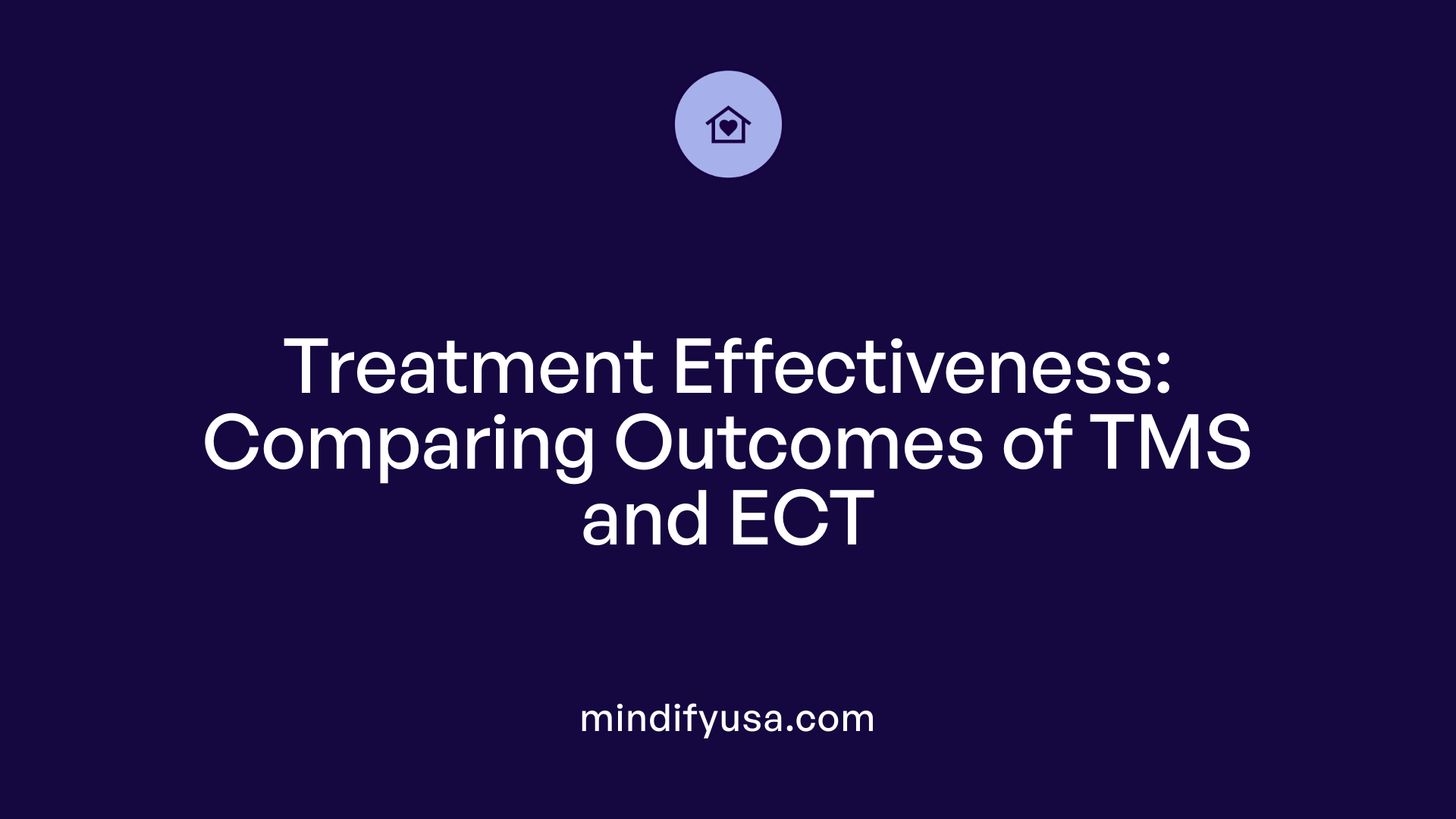
How effective are TMS and ECT in treating mental health conditions?
Both Transcranial Magnetic Stimulation (TMS) and Electroconvulsive Therapy (ECT) are well-established treatments for major depressive disorder (MDD), each offering different benefits in terms of effectiveness, speed, and side effects.
ECT has demonstrated high response rates, typically around 80%, with remission rates between 40% to 60%. Its strength lies in rapid symptom relief, especially for severe and treatment-resistant depression. The procedure involves inducing controlled seizures under anesthesia, leading to significant neuroplastic changes in the brain, such as increased gray matter volume and neurotransmitter adjustments. This makes ECT a particularly powerful option for urgent cases, including those with high suicide risk or severe physical health deterioration.
In contrast, TMS offers a less invasive alternative with response rates around 50% and remission rates exceeding 30%. While slightly less effective overall, TMS provides the advantage of minimal side effects, such as scalp discomfort and mild headaches, and can be performed on an outpatient basis. Its gradual approach may mean longer timeframes to achieve full remission, but the safety profile and convenience make it an attractive choice for many patients with moderate depression.
Recent technological improvements have notably enhanced TMS techniques. The SAINT (Stanford Accelerated Intelligent Neuromodulation Therapy) protocol, for instance, involves high-frequency stimulation delivered more intensely over a shorter period, leading to faster and sometimes superior outcomes compared to traditional TMS methods.
Furthermore, TMS has been successfully adapted for other conditions, including obsessive-compulsive disorder (OCD), anxiety, PTSD, and addiction, broadening its scope as a versatile neuromodulation therapy.
| Treatment Method | Response Rate | Remission Rate | Speed of Results | Side Effects | Suitable For |
|---|---|---|---|---|---|
| ECT | ~80% | 40-60% | Rapid (within weeks) | Short-term memory loss, confusion, headaches | Severe, treatment-resistant depression, urgent cases |
| TMS | ~50% | >30% | Gradual (over 4-8 weeks) | Mild headaches, scalp discomfort | Moderate depression, outpatient cases |
| SAINT Protocol | Potentially higher | Not specified | Faster than traditional TMS | Similar to TMS, minimal | Moderate to severe depression |
Recent meta-analyses and clinical studies highlight the high efficacy of both treatments, with ECT remaining the most effective for the most severe cases. However, TMS's safety, minimal side effects, and improving techniques like the SAINT protocol continue to increase its popularity and applicability.
In choosing the best option, clinicians consider the severity of symptoms, urgency of treatment, patient health conditions, and preferences regarding side effects. While ECT may be preferred for immediate and severe responses, TMS is often favored for its safety, tolerability, and broader application scope.
Patient Suitability and Treatment Choice
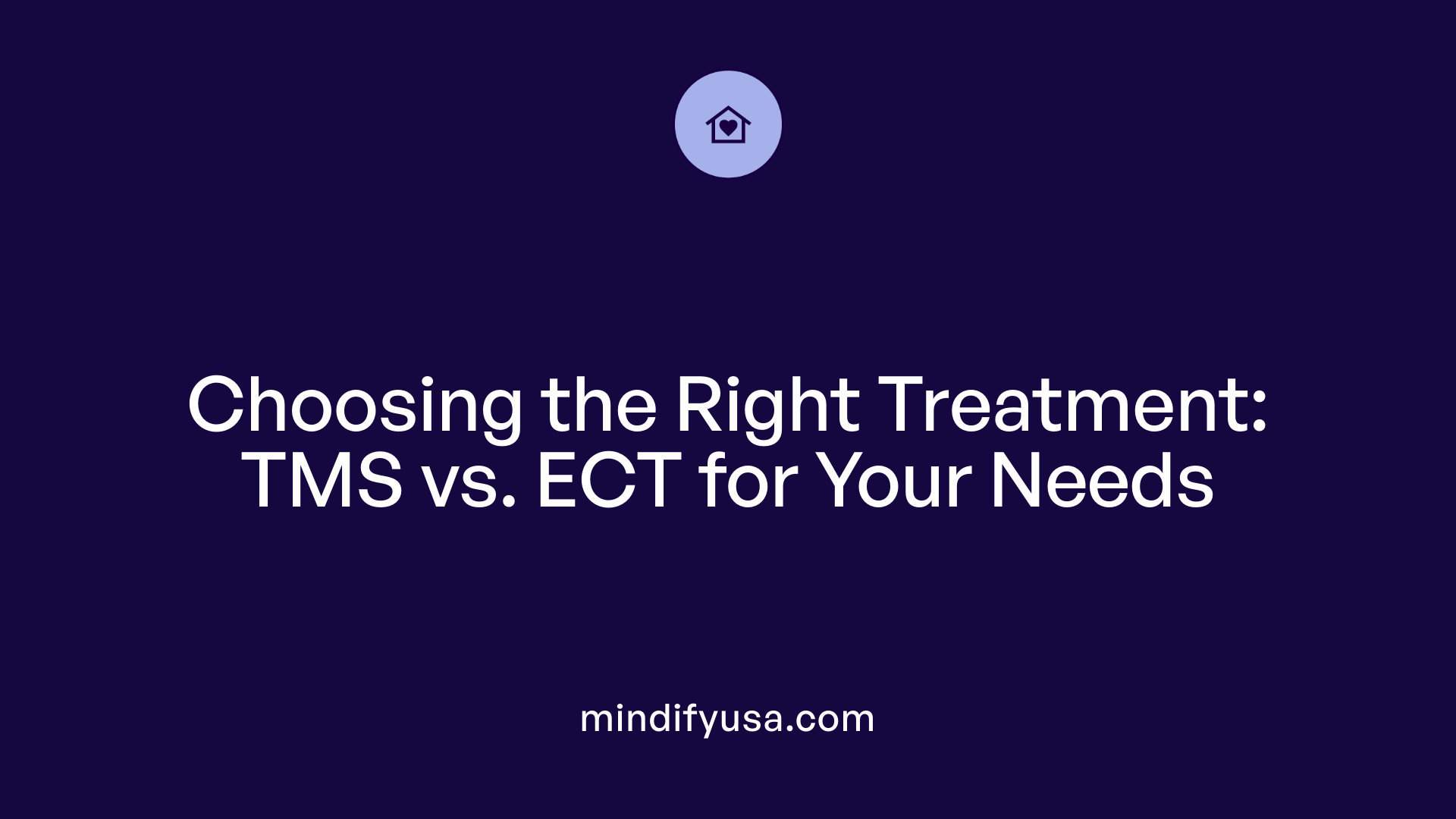
Which treatment, TMS or ECT, is more suitable and safer for different patient needs?
Transcranial Magnetic Stimulation (TMS) and Electroconvulsive Therapy (ECT) are both effective options for treating severe depression, especially when other treatments have failed. However, their suitability depends on the patient's condition, health profile, and personal preferences.
ECT has higher success rates, typically achieving symptom remission in 70–90% of cases. It works quickly, producing rapid alleviation of severe depressive symptoms, making it ideal for patients in urgent need of relief or with life-threatening conditions. Because it induces a controlled seizure under general anesthesia, ECT is often chosen for critical situations or severe depression resistant to medication.
On the other hand, TMS offers a safer, less invasive alternative with fewer side effects. Since it does not involve anesthesia or seizures, it is better suited for patients concerned about cognitive side effects or those with medical conditions that make anesthesia risky. TMS treatments are well tolerated, with mild side effects like scalp discomfort and headaches. Though it may require more sessions and take longer to produce significant improvements, its safety profile appeals to many, especially younger adults, individuals with comorbid conditions, or patients preferring outpatient therapy.
Candidates for TMS: moderate to severe depression, treatment-resistant patients
Patients experiencing moderate to severe depression, particularly those who have not responded to medication, are common candidates for TMS. It is especially appealing for those who wish to avoid the risks associated with anesthesia or who cannot tolerate systemic medications.
TMS is suitable for individuals with no history of seizures or metal implants near the head. Its non-invasive nature makes it practical for outpatient clinics, enabling patients to maintain their daily routines while undergoing treatment.
Candidates for ECT: severe depression, rapid response needed, treatment-resistant cases
ECT is often reserved for the most severe cases or when rapid symptom relief is necessary. Patients with treatment-resistant depression that significantly impairs functioning or places their health at immediate risk may benefit from ECT.
It is frequently used when other treatments, including medications and TMS, have failed. ECT can also be considered for severe bipolar disorder, schizophrenia, or catatonia.
Given its invasive nature, ECT is more suitable for patients who are physically healthy enough to undergo anesthesia and who can tolerate potential side effects like memory issues.
Patient preferences: invasiveness, side effects, safety
Many patients prefer TMS over ECT because of its non-invasive approach, fewer side effects, and the absence of anesthesia. TMS allows patients to continue daily activities immediately after sessions, which is a significant advantage.
ECT, while highly effective, involves anesthesia, potential memory loss, and longer recovery periods, which can deter some patients. Despite its higher efficacy in certain cases, the side effect profile often influences patient and clinician choices.
Medical considerations: contraindications, comorbidities
Certain medical conditions influence treatment choice. TMS is contraindicated in individuals with metal implants or devices near the head, such as certain pacemakers or cochlear implants, due to magnetic interference.
Patients with a history of seizures or epilepsy should generally avoid TMS because of the risk of inducing seizures, although this risk is very low.
ECT has contraindications related to heart health because of cardiovascular risks associated with anesthesia and seizure activity. Patients with significant heart disease or other serious comorbidities require careful evaluation before undergoing ECT.
Which treatment, TMS or ECT, is more suitable and safer for different patient needs?
Both TMS and ECT are potent treatments for severe depression, with ECT often providing faster and higher rates of symptom remission. However, ECT's invasive nature, anesthesia requirement, and potential cognitive side effects limit its use to the most severe or urgent cases.
TMS stands out as the safer, more patient-friendly option, suitable for those prioritizing safety, minimal disruptions, and lower risk of cognitive issues. It remains an excellent first-line or alternative treatment for many patients, particularly those with treatment-resistant depression but who are wary of invasive procedures.
Ultimately, the choice depends on individual patient profiles, severity of depression, medical history, and personal comfort. Healthcare providers assess these factors to recommend the most appropriate, safe, and effective treatment tailored to each patient’s needs.
Additional Therapies and Context for Brain Stimulation
What are other brain stimulation therapies besides TMS and ECT?
Beyond TMS and ECT, there are several other brain stimulation techniques used to treat various neurological and psychiatric conditions. Two notable methods are Vagus Nerve Stimulation (VNS) and Deep Brain Stimulation (DBS).
VNS (Vagus Nerve Stimulation): Response rates, and side effects
Vagus Nerve Stimulation involves implanting a small pulse generator, usually in the chest, connected to the vagus nerve in the neck via a wire. When activated, this device sends electrical impulses to the vagus nerve, which in turn influences brain regions involved in mood regulation among other functions.
This therapy is primarily used for treatment-resistant depression and epilepsy. Response rates for depression tend to hover around 50-70%, making it somewhat effective for patients who have not responded to other treatments.
Patients may experience side effects such as tingling sensations, cough, hoarseness, or voice changes during stimulation periods. These effects are generally mild and can be managed with adjustments to the device settings.
Deep Brain Stimulation (DBS): Risks and uses
Deep Brain Stimulation is an invasive procedure that involves surgically implanting electrodes directly into specific areas of the brain. These electrodes are connected to a neurostimulator (similar to a pacemaker) implanted in the chest, which sends targeted electrical pulses.
Originally developed for movement disorders like Parkinson's disease, DBS has also been explored for resistant psychiatric conditions such as severe depression and obsessive-compulsive disorder.
The risks associated with DBS include surgical complications like infection, bleeding, and device malfunction. Patients may also experience side effects such as headache, mood alterations, or cognitive changes, depending on the targeted brain region.
Comparing Other Brain Stimulation Therapies
The table below summarizes these therapies, highlighting their characteristics, typical applications, and potential risks.
| Therapy | Invasiveness | Typical Use | Response Rate | Main Side Effects | Notes |
|---|---|---|---|---|---|
| VNS | Minimally invasive (implant) | Treatment-resistant depression, epilepsy | 50-70% | Tingling, cough, voice changes | Non-invasive device, adjustable settings |
| Deep Brain Stimulation (DBS) | Highly invasive (brain surgery) | Movement disorders, resistant psychiatric conditions | Variable depending on condition | Infection, headache, mood changes | Precise targeting, surgical risks involved |
These methods expand the scope of brain stimulation options, each with their specific indications and considerations. They are usually reserved for severe, treatment-resistant cases or specific neurological conditions, complementing the wider array of depression therapies.
Making Informed Choices in Brain Stimulation Therapy
Both TMS and ECT serve vital roles in the treatment of depression and other mental health conditions. Understanding their mechanisms, safety profiles, and efficacy helps patients and clinicians make informed decisions tailored to individual needs. While ECT remains the most effective for severe, treatment-resistant cases despite its invasiveness and side effects, TMS offers a safer, outpatient alternative with fewer risks and manageable outcomes. Advances in brain stimulation continue to unfold, promising more personalized and effective options for those suffering from mental illness. Consulting with healthcare professionals to evaluate medical history, symptom severity, and personal preferences is essential in selecting the most suitable therapy.
References
- TMS vs. ECT: What Is the Difference? - PrairieCare
- TMS vs. Electroconvulsive Therapy (ECT) - Bloom Health Centers
- TMS vs. ECT: Which Is Right for Me? - Michigan Advanced Psychiatry
- ECT, TMS and Other Brain Stimulation Therapies
- TMS vs ECT: 5 Key Differences - Serenity Mental Health Centers
- TMS vs ECT - GIA Chicago
- Understanding the Differences Between TMS and ECT
- ECT vs TMS: Full Guide and Details - Kaizen Brain Center

